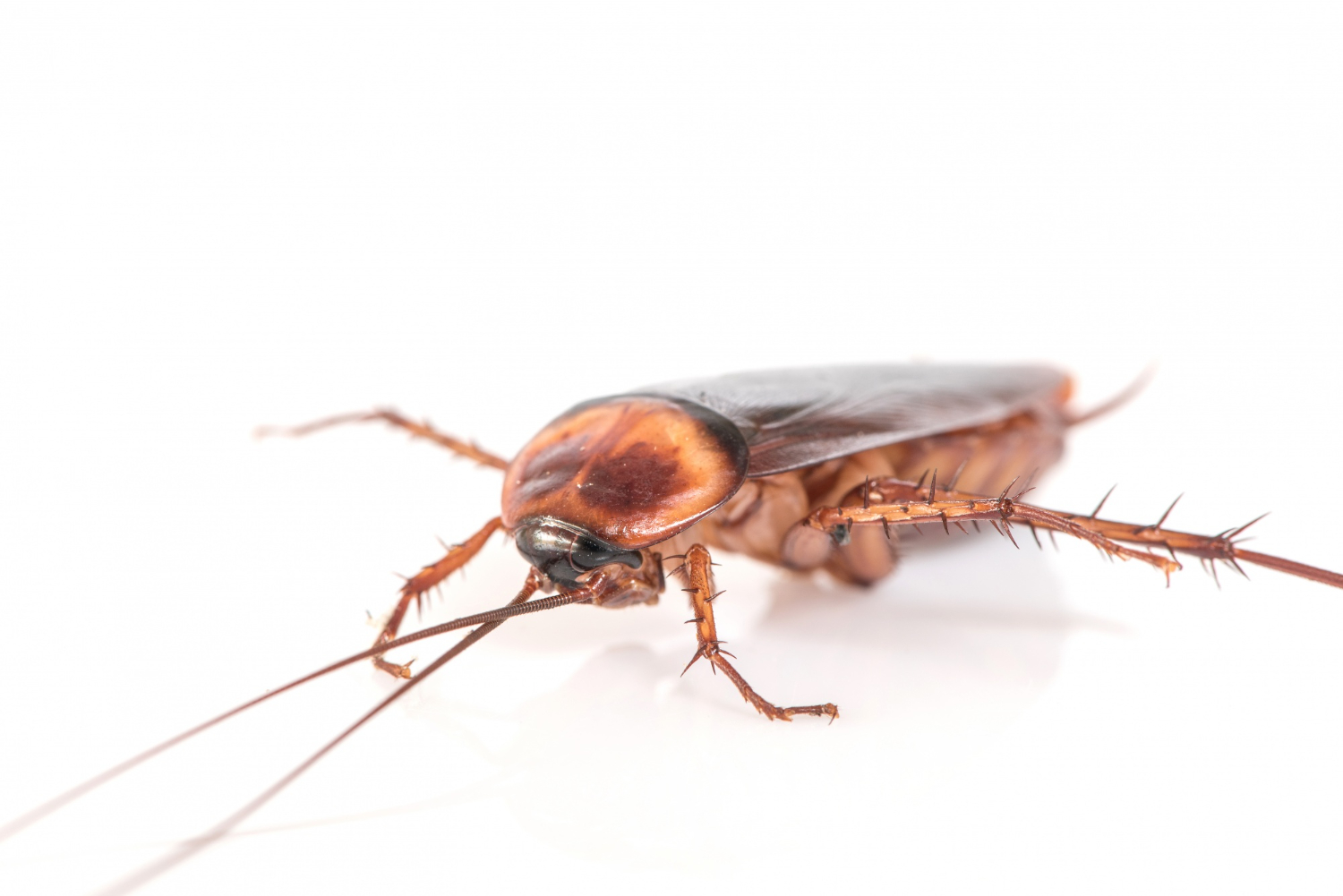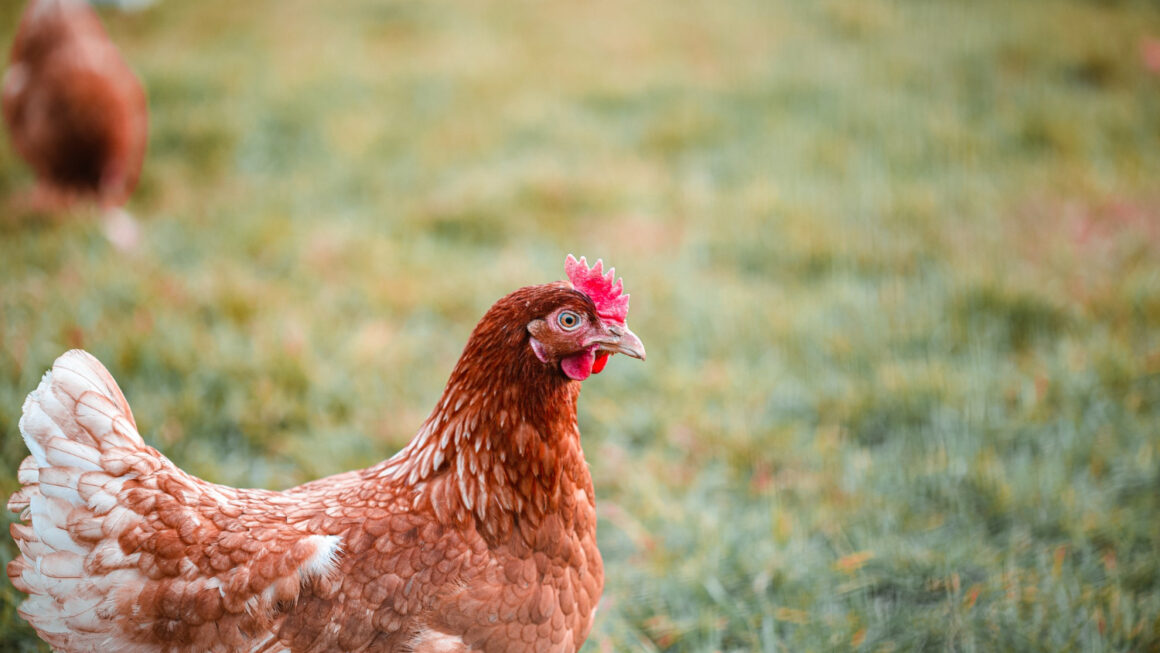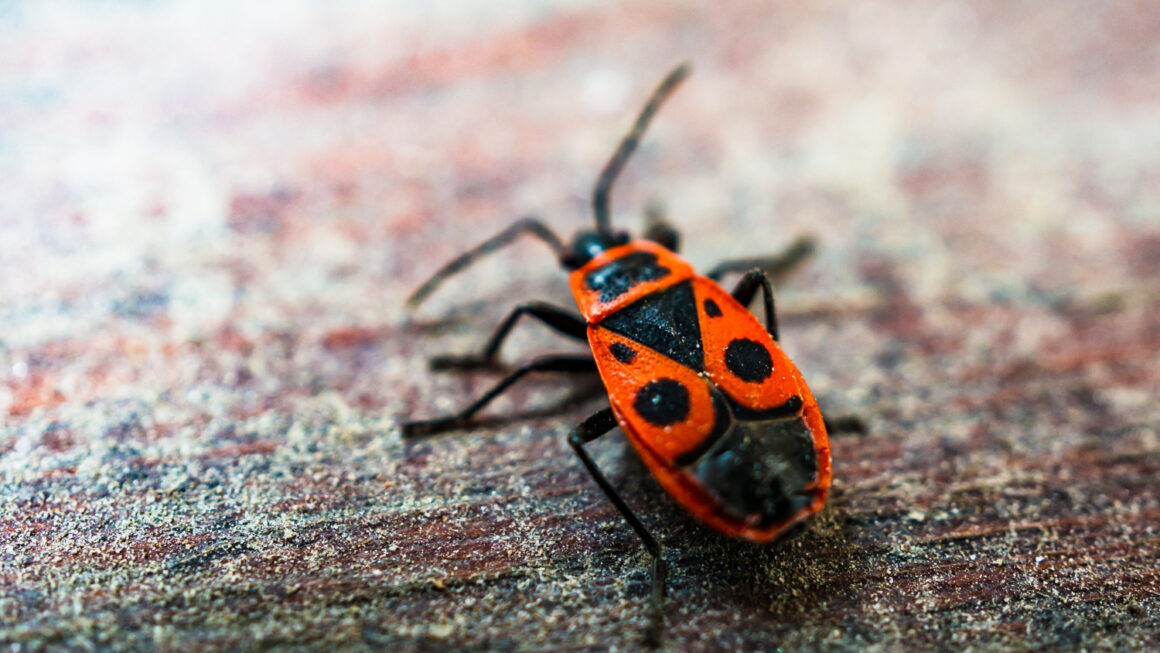Bed bugs are tiny, brownish-red insects that belong to the family Cimicidae. They are ectoparasites, which means that they feed on the blood of humans and other animals. Bed bugs are typically found in houses, hotels, and hostels—anywhere where people sleep. They are a widespread issue around the world, especially in the US.
Physical Characteristics
Bed bugs are small, flat, and oval-shaped insects that are about the size of an apple seed. They have a reddish-brown color and are wingless. The head, thorax, and abdomen are the three parts of their bodies. Bed bugs have six legs and two antennae that are used to sense their surroundings.
The normal size of an adult bed bug is 5-7mm long, 2-3mm wide, and has a flat body that is approximately the thickness of a credit card. Their flat shape allows them to hide in small spaces, such as in the seams of mattresses, box springs, and bed frames. Bed bugs can also hide in other places, such as cracks in walls and furniture, behind wallpaper, and under clutter.
Life Cycle
Bed bugs go through several life stages, including egg, nymph, and adult. The eggs are white and small, roughly the size of a pinhead. Female bed bugs can lay up to 500 eggs in their lifetime, which typically lasts about six to twelve months.
The nymphs, which are immature bed bugs, are about the size of a poppy seed and are translucent in color. They feed on blood and molt five times before reaching adulthood. Nymphs can survive for several months without feeding.
Adult bed bugs are fully developed and can live for up to a year or more. They can survive for long periods without feeding, which makes them difficult to eliminate.
Behavior
Bed bugs are primarily active at night and are attracted to the carbon dioxide and warmth that humans and other animals produce. They can detect these factors from several feet away and will crawl toward their host to feed. Once they find a host, they use their elongated beak to pierce the skin and feed on blood. Bed bugs typically feed for three to ten minutes before returning to their hiding place.
Bed bugs are not known to transmit diseases, but their bites can cause skin irritation, redness, and itching. Some people may also experience an allergic reaction to bed bug bites.
Conclusion
Bed bugs are small, reddish-brown insects that are about the size of an apple seed. They have a flat body that is about as thick as a credit card, which allows them to hide in small spaces. Bed bugs are primarily active at night and are attracted to the carbon dioxide and warmth that humans and other animals produce.
While they are not known to transmit diseases, their bites can cause skin irritation and itching. You must immediately get in touch with a pest control specialist for accurate detection and treatment if you believe you have a bed bug infestation.




